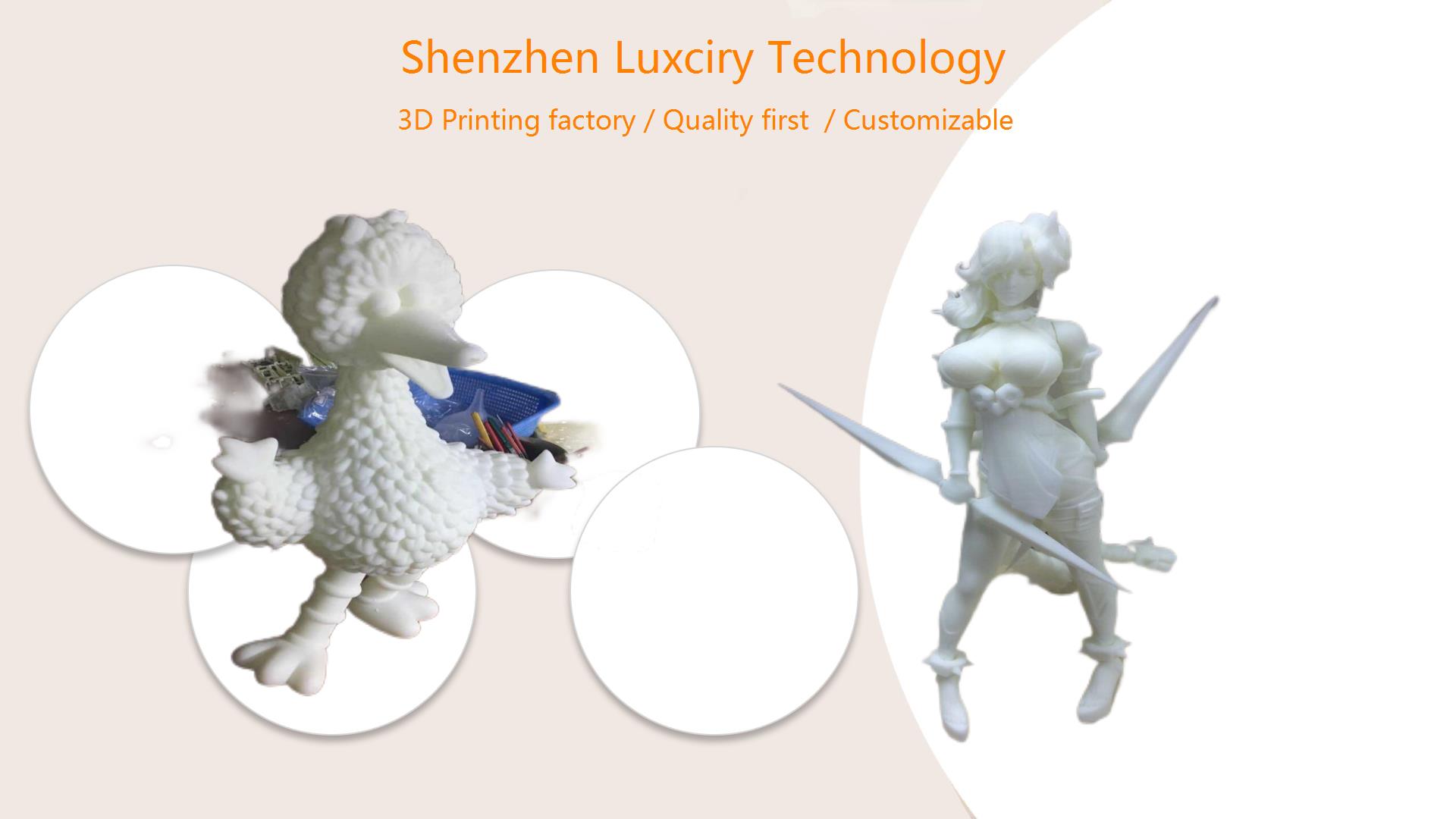Luxciry, a pioneering 3D printing manufacturer, specializes in creating advanced aerospace prototypes that push the boundaries of innovation and precision. With a focus on durability, technical excellence, and complex geometries, Luxciry’s aerospace prototypes enable companies to visualize, test, and validate their designs in real-world scenarios. From conceptual models to functional components, Luxciry’s prototyping solutions cater to the unique demands of the aerospace industry, ensuring that each prototype meets stringent performance and quality standards.
What Makes Luxciry’s Aerospace Prototypes Stand Out?
Luxciry’s aerospace prototypes are distinguished by their high-quality construction and ability to replicate complex aerospace components with unmatched accuracy. Utilizing cutting-edge 3D printing technologies such as Direct Metal Laser Sintering (DMLS) and Fused Deposition Modeling (FDM), Luxciry produces prototypes that not only look like the final product but also mimic their mechanical properties. This level of precision and material flexibility allows engineers to test components under conditions that closely resemble their actual operating environment, resulting in reliable data and accelerated product development.
Why is Durability Important for Aerospace Prototypes?
Durability is a critical consideration when developing aerospace prototypes, as these components are often subjected to rigorous testing and environmental challenges. Luxciry’s aerospace prototypes are designed to endure high levels of mechanical stress, extreme temperatures, and exposure to various environmental conditions without compromising their structural integrity. By using high-performance materials such as aerospace-grade aluminum, titanium alloys, and high-strength polymers, Luxciry ensures that its prototypes are capable of withstanding multiple testing cycles. This longevity translates to a prolonged product lifespan, enabling extensive evaluation and validation throughout the development process, ultimately reducing the time and cost associated with product iterations.

How Do Luxciry’s Prototypes Enhance Product Development?
Luxciry’s aerospace prototypes are engineered to deliver precise representations of final components, enabling engineers and designers to assess fit, form, and functionality before moving to production. The prototypes serve as valuable tools for verifying complex geometries, optimizing aerodynamics, and testing assembly processes. Luxciry’s 3D printing capabilities also allow for rapid prototyping, which means that iterations can be completed quickly and efficiently, facilitating faster decision-making and accelerating the path to market.
Technical Features of Luxciry’s Aerospace Prototypes
Luxciry’s aerospace prototypes are built to meet the rigorous demands of the industry, incorporating the following technical features:
- High-Precision Manufacturing: Luxciry’s advanced 3D printing technologies enable the creation of prototypes with tight tolerances and intricate details, ensuring that components fit seamlessly into larger systems.
- Material Versatility: The use of a wide range of aerospace-grade materials, including lightweight metals, heat-resistant alloys, and engineering-grade polymers, provides versatility in prototyping various parts, from structural supports to intricate engine components.
- Functional Testing Capabilities: Luxciry’s prototypes can be designed to perform specific functions, such as bearing loads, resisting heat, or withstanding pressure, allowing for comprehensive testing in real-world scenarios.
- Complex Geometries: With additive manufacturing, Luxciry can produce complex geometries that would be difficult or impossible to create using traditional manufacturing methods, such as internal channels, lattice structures, and organic shapes.
Applications of Luxciry’s Aerospace Prototypes
Luxciry’s aerospace prototypes are used across various applications, helping companies streamline the development of the following:
- Engine Components: Test parts such as turbine blades, fuel injectors, and combustion chambers to ensure optimal performance.
- Structural Elements: Validate the design and integrity of airframe components, brackets, and mounts.
- Avionics and Instrumentation: Assess housing, mounts, and integration for sensors, control systems, and navigation instruments.
- Aerodynamic Models: Create scale models for wind tunnel testing and aerodynamic analysis.
Luxciry’s Expertise in Aerospace Prototyping
Luxciry’s commitment to quality and innovation positions it as a leader in aerospace prototyping. With a team of experienced engineers and designers, the company offers comprehensive support throughout the entire prototyping process—from initial design review to final testing and iteration. Luxciry’s use of advanced software tools and simulation technologies ensures that each prototype is optimized for performance and manufacturability, resulting in reliable and high-quality outcomes.
Conclusion
Luxciry’s aerospace prototypes provide a robust solution for companies looking to innovate and refine their aerospace products. By combining advanced 3D printing technology, material durability, and precise engineering, Luxciry’s prototypes offer exceptional performance and longevity. These features not only support extensive testing and validation but also reduce time-to-market and development costs. For any aerospace company seeking to stay ahead of the curve, partnering with Luxciry for aerospace prototyping is a strategic choice that guarantees technical excellence and superior product quality.

